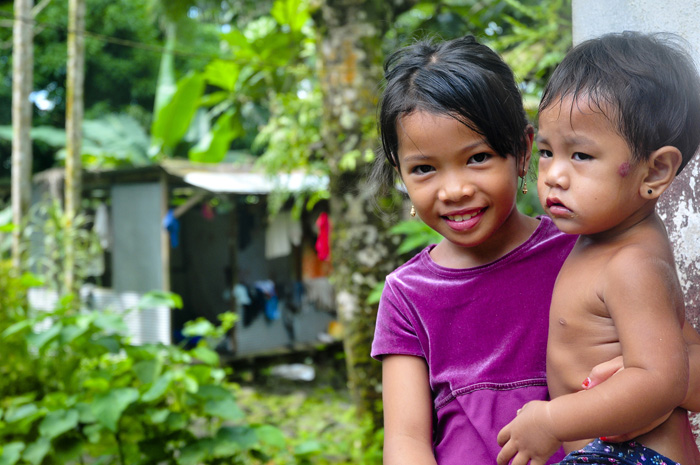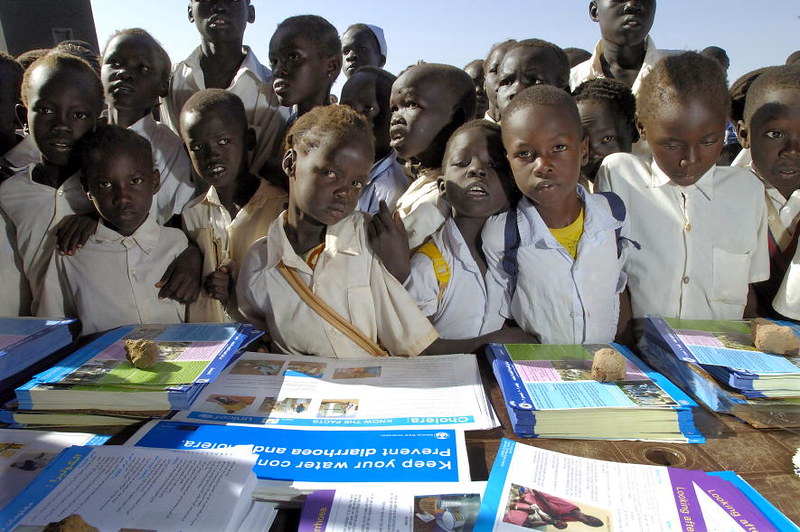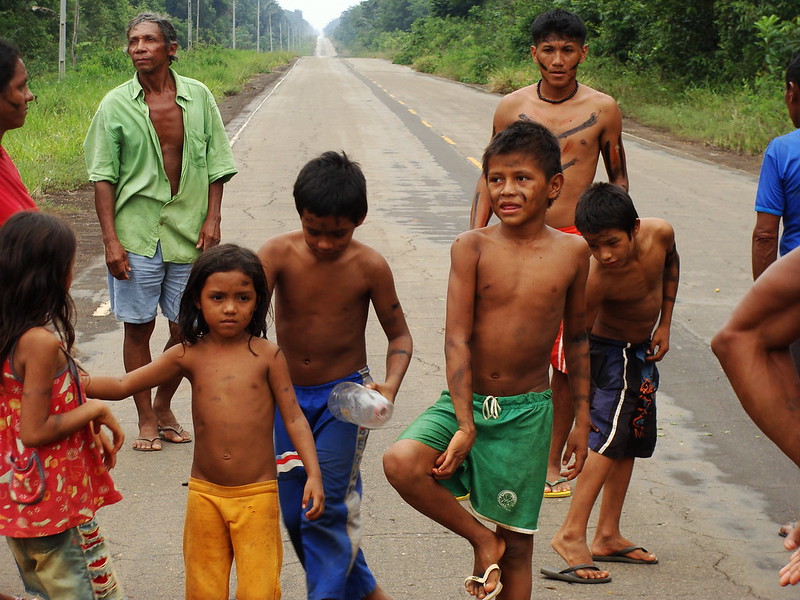 Brazil has the second-highest economy in the Americas. Despite the country having a whopping gross domestic product (GDP) range of $2.17 trillion as of 2023, it is also home to millions of children living in poverty. Vast disparities in wealth and access to essential resources persist, leaving many children and teenagers alike impoverished. Fortunately, several charities are working tirelessly to address these challenges and improve the lives of the most vulnerable children in Brazil.
Brazil has the second-highest economy in the Americas. Despite the country having a whopping gross domestic product (GDP) range of $2.17 trillion as of 2023, it is also home to millions of children living in poverty. Vast disparities in wealth and access to essential resources persist, leaving many children and teenagers alike impoverished. Fortunately, several charities are working tirelessly to address these challenges and improve the lives of the most vulnerable children in Brazil.
ChildFund
Since 1966, ChildFund has been helping impoverished children in Brazil, focusing on improving the lives of children and families in disadvantaged areas. The organization’s efforts center on education, health care and protecting children from violence and exploitation. ChildFund also aims to train community members to monitor water quality and has partnered with multiple programs to implement measures that promote safe water drinking—one of these partnerships accomplished providing clean water to more than 24,000 people in Brazil’s Jequitinhonha Valley.
One of ChildFund’s key initiatives in Brazil is its focus on education and skills training. The organization provides educational support to children, ensuring access to quality schooling and essential resources for success. This includes reducing violence in classrooms and socioeducational activities promoting leadership. Additionally, ChildFund Brazil empowered 8,200 children through its “Taking Care of the First Years of Life” program.
Children of Bahia
Children of Bahia is a nonprofit organization dedicated to supporting children in one of Brazil’s most impoverished regions, the state of Bahia. Established in 2005, the organization provides food, education and health care to children living in extreme poverty. By working directly with local communities, Children of Bahia addresses the needs of the children it serves and provides targeted support where needed most.
The organization also supports projects where children receive meals, access necessary health care and participate in extracurricular activities like the Wednesday Club. In addition to providing direct support, Children of Bahia strengthens families and communities by offering workshops and community development programs. This approach ensures children get the support they need to thrive at home and within their communities.
GlobalGiving
GlobalGiving is an international crowdfunding platform connecting donors with grassroots projects worldwide, including Brazil. The platform supports various initiatives to combat child poverty in Brazil through its platform. These projects are run by local organizations that deeply understand the communities they serve, ensuring that donations are used effectively to create lasting change.
In Brazil, GlobalGiving supports projects that provide education, health care and necessities to needy children. For example, some projects focus on improving rural communities’ access to clean water and sanitation. In contrast, others provide scholarships and educational resources to children who would otherwise be unable to attend school. The organization’s model allows donors to choose specific projects they want to support, providing transparency and ensuring that their contributions make a direct impact.
Compassion International
Compassion International is a well-known organization that works to alleviate child poverty through its child sponsorship programs. The organization provides children access to education, health care and spiritual guidance in Brazil. Compassion’s sponsorship programs connect donors with individual children. It provides them with the financial support needed to attend school, receive medical care and participate in extracurricular activities.
The organization has also served 223 churches to create safe and nurturing environments for the children, for which approximately 69,000 have received aid. In addition to meeting basic needs, Compassion’s programs emphasize the importance of emotional and spiritual well-being. They offer counseling and support to help children overcome the challenges they face.
Conclusion on Charities in Brazil
The work of charities such as ChildFund, Children of Bahia, GlobalGiving and Compassion International demonstrates that the power of collective action. These organizations have sufficiently reduced child poverty in Brazil via education, health care, food and water supply and sponsoring.
– Christian Core
Christian is based in Princeville, HI, USA and focuses on Good News for The Borgen Project.
Photo: Flickr
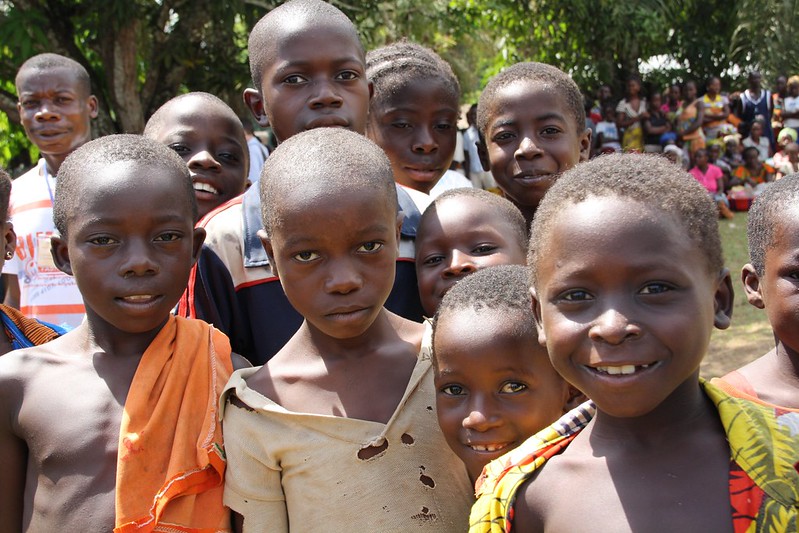 In
In 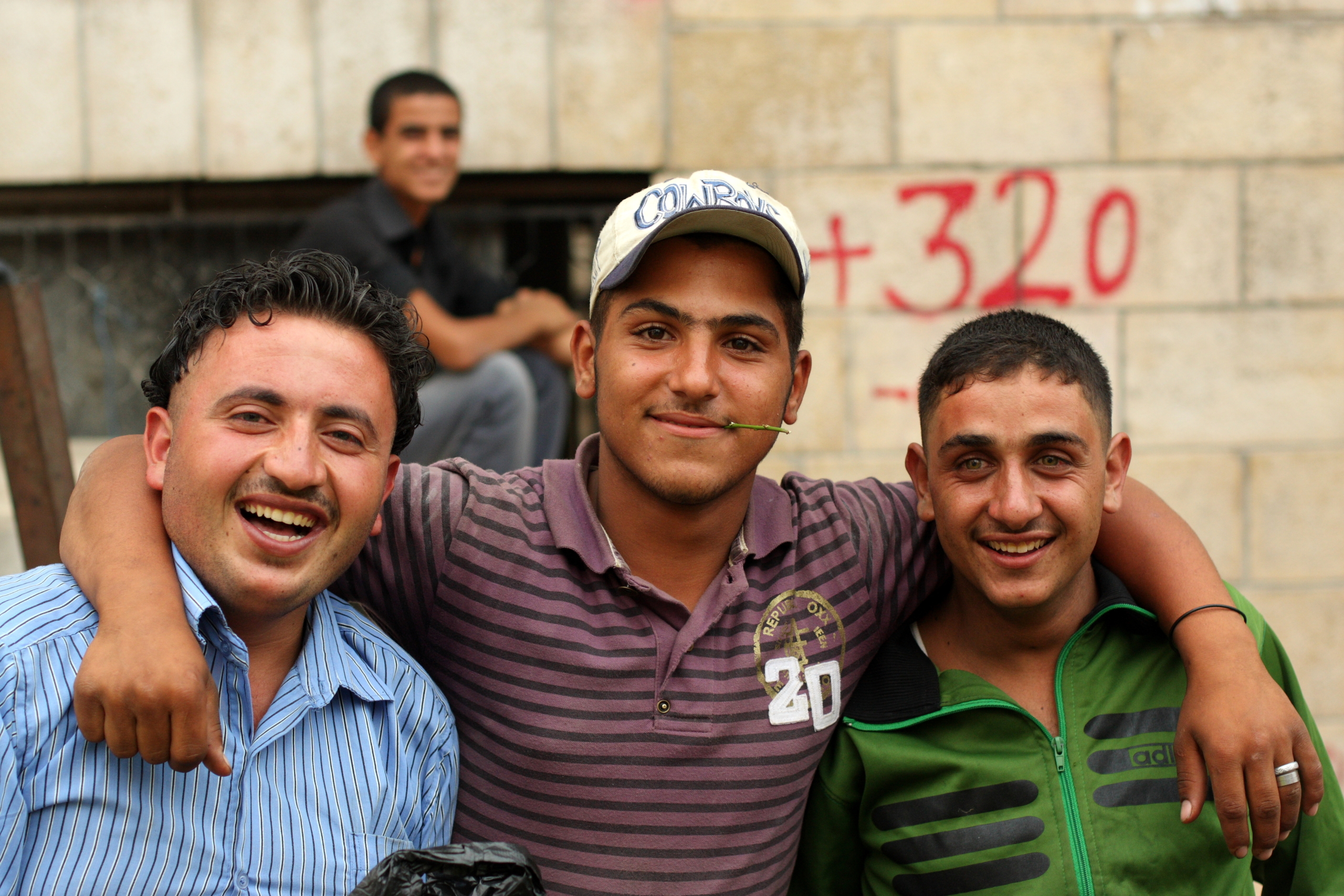
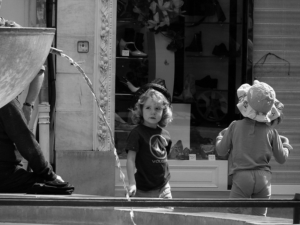
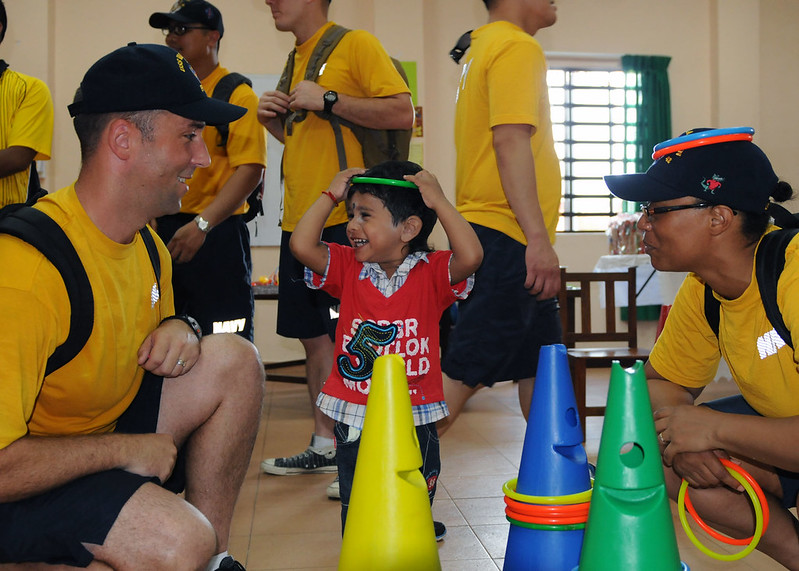

 A team of innovative minds based in Bangalore, India, set out nine years ago to enhance the social and physical infrastructures of
A team of innovative minds based in Bangalore, India, set out nine years ago to enhance the social and physical infrastructures of 
